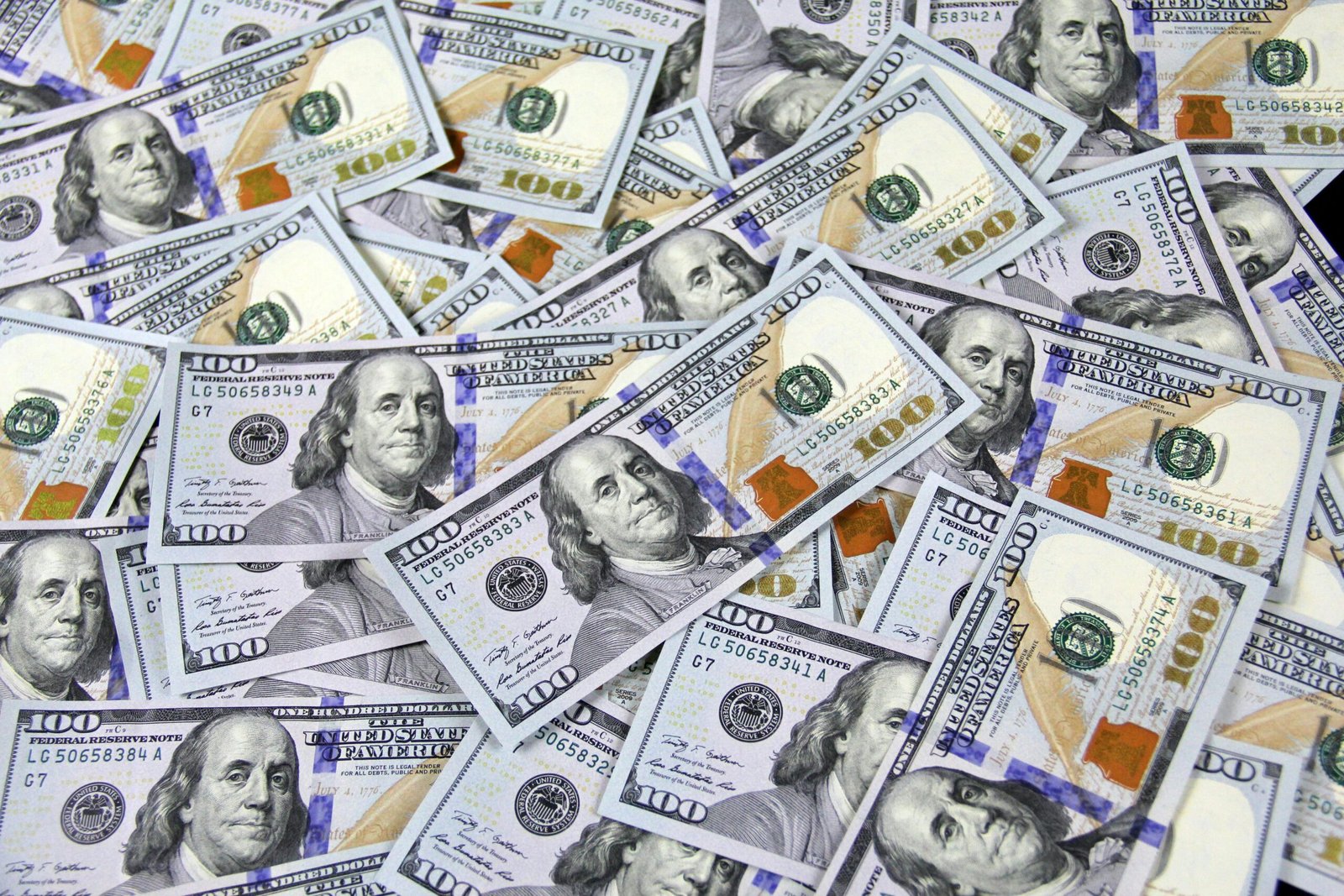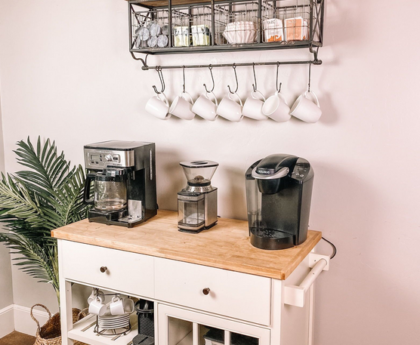In a country where the average adult carries over $90,000 in debt and inflation continues to shrink the value of every dollar, wasting money isn’t just unfortunate—it’s dangerous to your financial future. While some spending is necessary and even joyful, many Americans lose thousands each year through unnecessary habits, subscriptions, and outdated spending mindsets.
If you’re trying to build wealth, save for retirement, or just stop living paycheck to paycheck, identifying the worst ways to waste money is a powerful first step.
Here are the top offenders—and smart alternatives to protect your wallet.
1. Extended Warranties (A False Sense of Security)
Why it’s a waste:
Retailers love to upsell you on extended warranties. But the truth? Most items—especially electronics and appliances—don’t break within the extended warranty period. Many repairs also cost less than the warranty itself.
What to do instead:
Rely on the manufacturer’s warranty (which is often free), and consider setting up your own “repair fund” as a savings buffer.
💡 Want protection that actually works? Look into credit cards that offer purchase protection and extended warranty coverage automatically.
2. Overpaying for Cable TV
Why it’s a waste:
The average cable bill in the U.S. is over $200/month, and most people only watch a handful of channels. With dozens of streaming platforms now offering tailored content for a fraction of the cost, cable is quickly becoming an overpriced relic.
What to do instead:
Switch to streaming platforms that fit your lifestyle and budget. Combine Netflix, Hulu, YouTube TV, or free options like Pluto TV to save hundreds a year.
🎬 Use a streaming cost calculator to find the most affordable combo based on your viewing habits.
3. Daily Coffee and Drive-Thru Habits
Why it’s a waste:
A $6 latte may feel harmless, but if it’s a daily habit, you’re spending over $2,000 per year—that’s more than many people have in savings.
What to do instead:
Invest in a quality coffee maker and start brewing at home. You’ll get the same caffeine fix for pennies.
☕ Check out our guide to the best budget home coffee setups under $100. Read More
4. Buying Brand Names Without Thinking
Why it’s a waste:
Generic and store-brand products often contain the exact same ingredients or quality as name brands—for up to 50% less. You’re not just paying for quality; you’re paying for marketing.
What to do instead:
Compare ingredients, test store-brand alternatives, and save where quality is equivalent.
🛒 Check our comparison of generic vs. name-brand products that save you the most.
5. Lottery Tickets: Tax on the Hopeful
Why it’s a waste:
The odds of winning the Powerball are about 1 in 292 million. You’re more likely to be hit by lightning or attacked by a vending machine. Yet Americans spend over $70 billion annually on lottery tickets.
What to do instead:
Redirect your “fun money” into high-interest savings accounts, or micro-invest using apps like Acorns or Robinhood.
📈 Read: “Why Investing $5 a Day Beats the Lottery—By a Mile.”
6. Unused Gym Memberships
Why it’s a waste:
Gyms bank on you not showing up. In fact, a large percentage of people continue paying monthly dues even if they haven’t stepped inside in months.
What to do instead:
Cancel and switch to home workouts, free YouTube fitness channels, or neighborhood runs.
💪 Download our free “Fitness on a Budget” workout planner.
7. Late Fees and Interest Charges
Why it’s a waste:
Late fees are 100% avoidable and serve zero value. On top of that, carrying balances on high-interest credit cards can cost you hundreds—even thousands—over time.
What to do instead:
Set up autopay for minimum payments, create budgeting reminders, and use debt avalanche or snowball methods to pay down balances faster.
📊 Check out our favorite free budgeting apps that send reminders and track interest.
8. Subscription Creep
Why it’s a waste:
The average American underestimates their subscription expenses by $133 per month. Services often get forgotten and continue to charge you silently.
What to do instead:
Do a subscription audit every quarter. Cancel what you don’t actively use. Use tools like Truebill or Rocket Money to track them all in one place.
🔎 Try our printable “Subscription Audit Tracker” to start.
9. Buying the Newest Tech on Impulse
Why it’s a waste:
A new phone or gadget every year might keep you trendy, but not wealthy. Unless your current device is broken or outdated beyond repair, it’s rarely worth the upgrade.
What to do instead:
Hold off on upgrades until you actually need them. Consider refurbished tech for massive savings.
📱 Shop our list of trusted refurbished electronics stores and save up to 60%.
10. Impulse Buys (Looking at You, Target Aisle)
Why it’s a waste:
Retailers are experts at creating environments that encourage impulse purchases. One trip for toothpaste can turn into $150 worth of candles, snacks, and unnecessary décor.
What to do instead:
Shop with a list. Use curbside pickup when possible to avoid temptation. Delay non-urgent purchases by 24 hours.
🛍️ Read: “The 24-Hour Rule: The Simple Habit That Will Save You Thousands.”
✅ Take Control of Your Financial Future
The truth is, most financial waste doesn’t come from huge mistakes—it comes from small, consistent leaks in your budget that go unchecked. But once you identify the biggest money traps, you can start plugging the holes and redirecting those dollars toward what really matters: freedom, flexibility, and a future you control.
📱 For an amazing hair, Shop unbeatable prices at amazon






